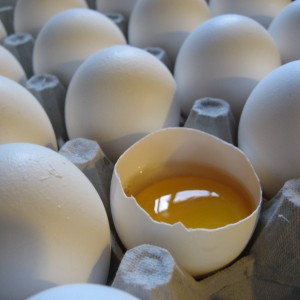PA Shorts: Making An Egg
 Many master chefs consider that the ability to cook an egg beautifully is the true test of a cook’s skill. Being one with the humble egg tells more about a chef than a complicated dish, where flaws may be hidden in layers of flavor and texture.
Many master chefs consider that the ability to cook an egg beautifully is the true test of a cook’s skill. Being one with the humble egg tells more about a chef than a complicated dish, where flaws may be hidden in layers of flavor and texture.
I wonder what the egg test equivalent is for pianists? For me it has to be something clean and without frills. It must be something fairly straight and to the point, where fine rhythm shines, and flaws cannot be hidden in layers of rubato, texture and pedal.
For me, that means Bach Inventions or dance movements, Mozart (especially the slow movements), and certain pieces from the mid-20th Century. When I meet new students, I nearly always choose beautiful yet clean pieces so I can understand what needs work in their playing. Is it fingering, rhythm/meter (nearly always), phrasing/style, gesture/coordination, practice tools and habits, communicating a personal view?
Students sometimes are mightily offended by this tactic. They feel that I am not allowing them to work on their level, or perhaps not allowing them to be themselves. Some think that if they can pretty well sightread a piece it is beneath them—that the piece is for young children.
Most of the time, after we spend a few lessons really crafting fine details, they begin to respect the humble ingredients in their piece, and, over time, come to enjoy allowing simplicity to shine like a jewel just as much as they do thicker textures and layers of embellishments.
What are your favorite eggy pieces and performances? Here is one of mine. Enjoy!


